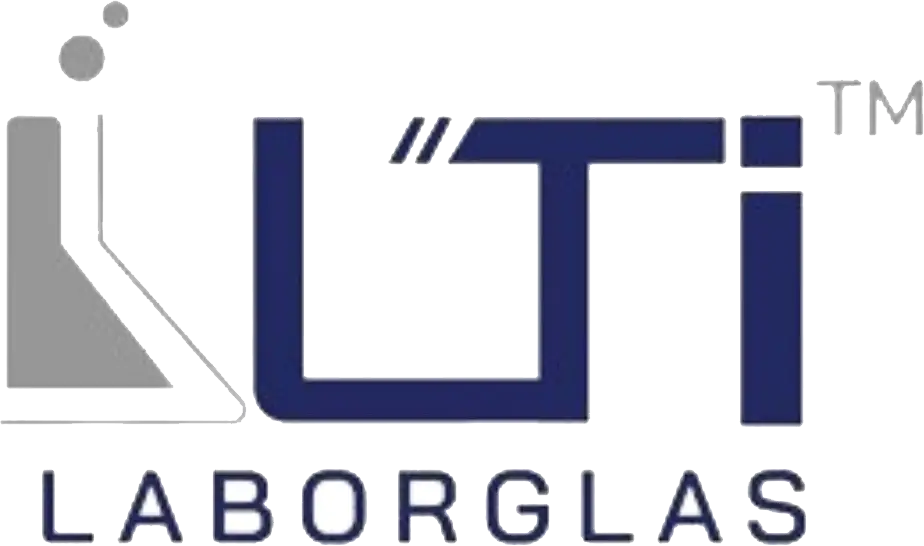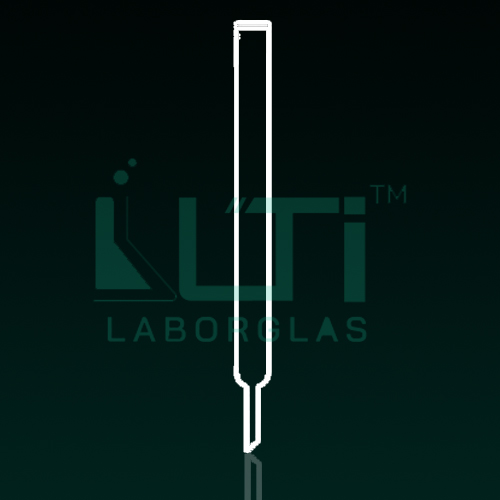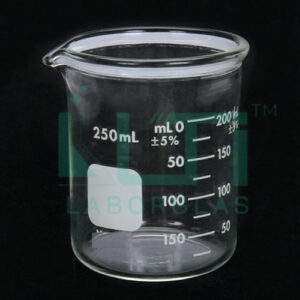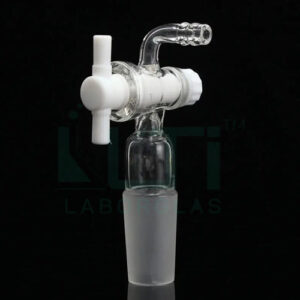- Simple and economical column – ideal for educational use
- With chemically resistant glass sintered – porosity 1
- Manufactured from borosilicate glass
| PART No. | Capacity (ml) | Body O.D.(mm) | Length excluding stem (mm) | Stem O.D.(mm) | PACK Qty. |
| 5920-30 | 30 | 14 | 355 | 8 | 5 |
Here are some common uses of plain chromatography columns:
- Column Chromatography:
- Plain chromatography columns are commonly used in traditional column chromatography, a widely employed separation technique in chemistry. The column is packed with a stationary phase, and a mobile phase is passed through, facilitating the separation of components.
- Sample Purification:
- Chromatography columns are used for purifying samples by separating individual components. This is crucial in various research and analytical applications where high-purity substances are required.
- Size Exclusion Chromatography (SEC):
- SEC is a technique used to separate molecules based on their size. Plain columns can be filled with a gel matrix, and molecules are separated as they move through the gel based on their size.
- Liquid Chromatography (LC):
- In liquid chromatography, plain columns are used to separate components in liquid samples. High-Performance Liquid Chromatography (HPLC) is a common form of liquid chromatography that utilizes columns for fast and efficient separations.
- Gas Chromatography (GC):
- In gas chromatography, columns are packed with a stationary phase, and the separation occurs when components in a gaseous sample interact with the stationary phase. Plain columns are commonly used in GC applications.
- Ion Exchange Chromatography (IEC):
- IEC is used to separate ions based on their charge. Plain columns can be employed for ion exchange chromatography by using a stationary phase with charged functional groups.
- Affinity Chromatography:
- Affinity chromatography is used to separate molecules based on their specific interactions with a ligand attached to the column. Plain columns can be adapted for affinity chromatography by functionalizing the stationary phase.
- Packed Bed Adsorption:
- Chromatography columns can be used for adsorption processes, where components in a mixture are adsorbed onto a solid stationary phase. This is common in processes involving purification or removal of impurities.
- Educational Purposes:
- In educational settings, plain chromatography columns are used to teach students the principles and techniques of chromatography. Students may perform experiments to separate and analyze mixtures.
- Protein Purification:
- Chromatography columns, including plain columns, are widely used in the purification of proteins. Techniques like size exclusion chromatography and ion exchange chromatography can be employed for protein separation.





